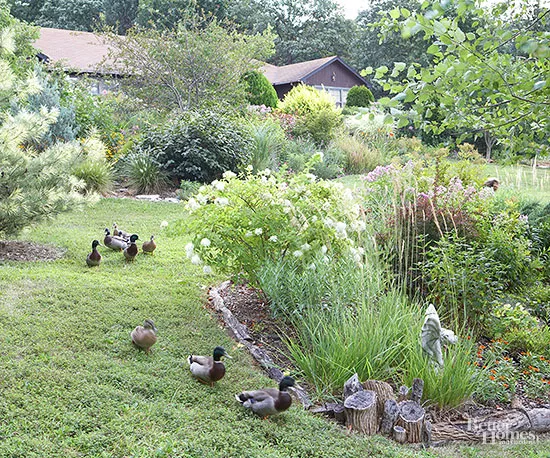A gardener's best bet for deterring woodchucks, also known as groundhogs, is to make them find a better place to live than your yard. Many states prohibit trapping woodchucks and releasing them into the wild, so consider the following options.
You may be able to irritate them into leaving by placing colorful beach balls in your garden; woodchucks generally dislike the balls' windblown movement. Or try stuffing ammonia-soaked rags into the entryways of their holes. (The main entryway will have a pile of soil beside it; there should be another entrance about 50 feet away.) The smell should cause them to move on. Another possible odor repellent is fox urine (available at most garden centers). If you encircle your garden with it, woodchucks may sense a predator and seek a safer home.
If you are in search of a permanent solution, fence your garden with chicken wire. Be sure it is buried 12 inches below the ground and extend at least 3 feet above the ground. Leave the top part of the fence unattached to posts so it will bend outward if woodchucks try to climb it. If there are many woodchucks present, add a string of electric fence mounted 4 inches above the ground. You may also choose to grow plants that woodchucks seldom eat. These plants include columbine (Aquilegia), daylily (Hemerocallis), blanket flower (Gaillardia x grandiflora), cardinal flower (Lobelia cardinalis), and marigold (Tagetes).
Another solution, of course, is to get a dog that likes to chase woodchucks.




















